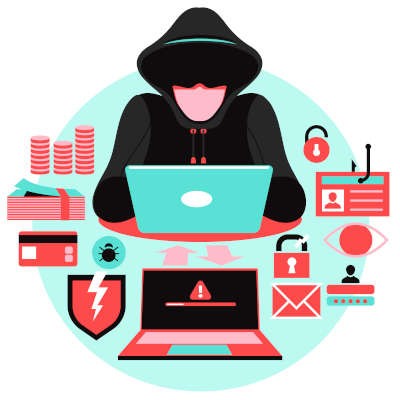Menu
One Up Solutions Northwest Blog
Ransomware has been a real problem for the past several years. Once known for breaching networks directly, the establishment of uncrackable encryption left hackers looking to change their strategies. Today, they use scams to get people to give them access to network resources. If they are successful, it can deliver more than headaches for a business. Let’s look at what makes ransomware so dangerous and how your company can combat the constant attacks that come your way.
Having success in business often relies on developing trustworthy relationships. You have to trust your vendors and suppliers to get you the resources you need, you need to trust your staff to complete their tasks without putting your business in harm's way, and you need to trust your customers to buy the products and services that you offer. Running counter to these necessary bonds of trust are people actively soliciting people’s time, energy, money, and attention for their own selfish purposes.
If you’ve been reading this blog for any length of time, you’ve seen us reference a phishing attack. Whether you are being asked by some supposed Nigerian prince to fork over money or you are getting an email by what seems to be your bank that directs you to download an attachment, you are probably a potential victim of a phishing scam. The difference between being a potential victim and a victim is knowing how to identify it. Today, we’ll give you five ways to identify a phishing message so that you—or your company—won’t be scammed.
With the given pandemic, a lot of people have had a bit more time on their hands, so it makes sense that many are turning to streaming services and the like for their entertainment. Unfortunately, this has not gone unnoticed by cybercriminals.
Let’s take a few moments and examine the practice of credential stuffing.
Starting in 2008, Verizon has produced a report outlining the cybersecurity incident trends that the previous year demonstrated. In doing so, they have provided a resource that gives businesses greater insights into where their cybersecurity efforts need to be focused. Let’s go over some of 2019’s trends and insights that were highlighted in the Verizon Business 2020 Data Breach Investigations Report (DBIR).
Think of how easy it is to trick a human. Entire industries are centered around it. Just think about the flashy magazines at the checkout counter promising us perfect summer bodies if we just follow Channing Tatum’s simple 30-step breakfast routine. These magazines sell. They wouldn’t exist if they didn’t work. Phishing works for hackers, and it works extremely well, and they are constantly making it harder to not get tricked.







